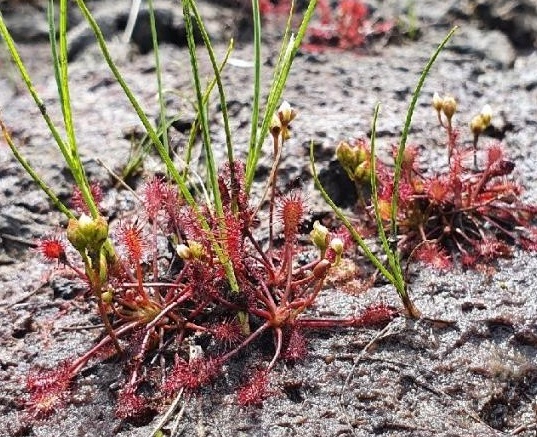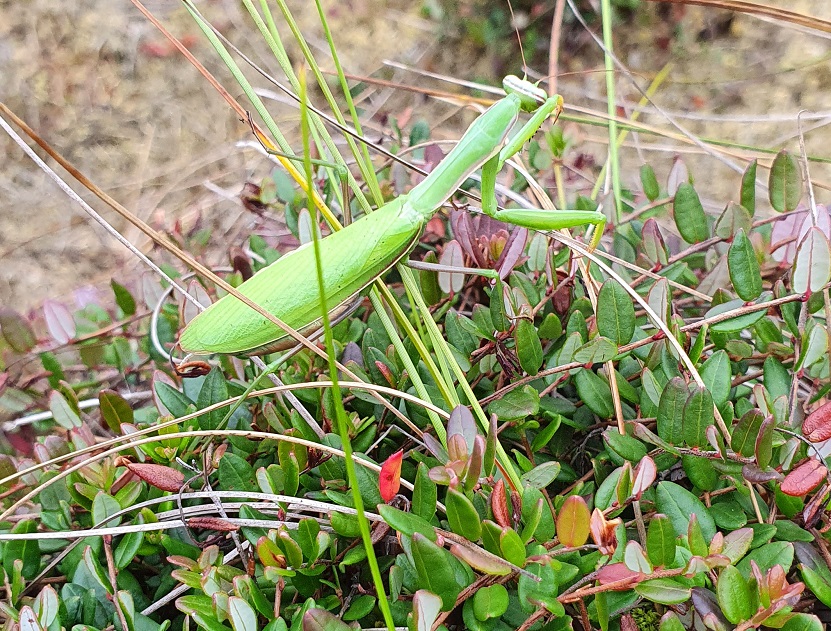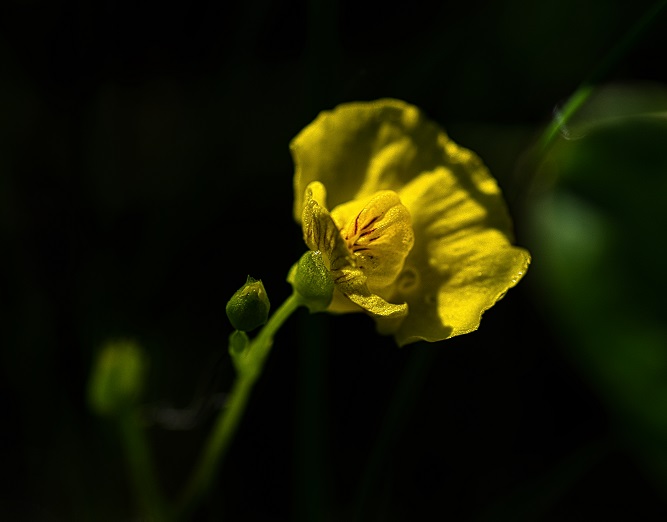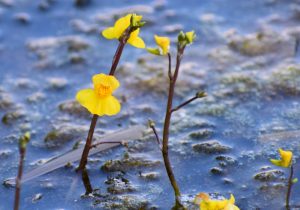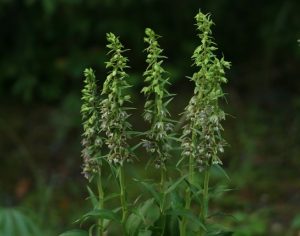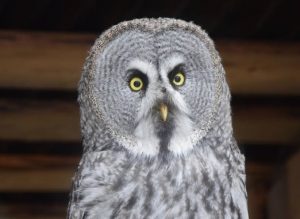As it is known, the subject of the website is bound with carnivorous plants and their environment. As early as in the first article, visitors of the website were invited to share their experience, to send photos, to write articles, and to provide their notices.
Many thanks to those having answered to the invitation. On the website, a number of collective works, such as articles about specific carnivorous plants or photos made by their growers, appeared. However, in course of cooperation with authors of articles, some problems arose, for example, what style should be chosen for an article, what components should it consist of, what structure of it should be followed and so on. All these problems are timely and natural. Independently on the number of authors, it is important to preserve integrity of the website at least to the minimum extent. So, the idea on some regulations to be observed and the tips to be focussed appeared.
You have probably noticed that Musėkautas (Musėkautas in Lithuanian means The Flytrap) provides materials of several types; they include announcements and descriptions of events, survey articles (on systematic and ecological groups, general peculiarities of cultivation, etc.), descriptions of specific species, advertisements of growers or organizations. In any case, the size of an article is not limited; however, the optimum size should be no less than 2000 characters.
Let’s discuss individually each type.
Announcements and information on events
If any exhibition or meeting with carnivorous plants included in them as one of the subject are planned, we’ll be always glad to inform on them on the website.
In an announcement on an event, the following information shall be provided: name of the event, its place (including an explanation how to find it), time, organizers and sponsors, short description of the event. An announcement shall always look more attractive with a poster or a picture related to the event or logotypes of the organizers and sponsors as well as the contact data enclosed to it.
However, an announcement on an event without any back information shall not be attractive. So, we encourage organizers to provide information on the event, their impressions and photos as well.
It seems to be no necessity of providing any specific recommendations for descriptions of events. Everything is simple enough: please, describe the event and your impressions. And enclose, of course, the visual materials, including photos.
Survey articles
Most probably, they will be provided by advanced growers with a sufficient experience. The structure of such articles may vary considerably. It is important to keep the proportion “an introduction – a description – a conclusion” and to provide supplemental illustrating materials, such as photos, diagrams, tables and pictures.
Such articles should not provide a description of the experience of the author only. They can provide an analysis of references as well. In such a case, a list of data sources is of a great importance. If data source is a web page, its precise address should be specified. If it is a printed publication, its author, title, year of issue, the publisher, and ISBN code (if available) shall be specified.
Description of species
Probably, such articles will form a considerable share of the articles on the website in the future. Their creation is easy enough: some analysis of references, the personal experience and visual materials.
Perhaps, many of you have noticed that formation of parts (components) of such articles comes to the end. They are:
- Introduction;
- Title and its meaning;
- Systematic position;
- Discovery;
- Prevalence;
- Morphology and peculiarities of growing;
- Cultivation upon artificial conditions;
- Sources of information.
In the introduction, the oneness of the species under discussion should be disclosed. Then the scientific name of the plant and its Lithuanian equivalent should be provided. The readers may be informed on the meaning of the scientific name and the names of the plant in other languages (such as English, German, French and so on).
The systematic position of the species shall be provided according to any large database or encyclopaedia, such as Wikipedia, USDA database, etc. Such databases often provide data on prevalence of the species as well.
History of discovery shall require some searching; however, you can use data from abundant foreign websites on carnivorous plants (in such a case, don’t forget to mention their addresses in “The list of references”). On such websites, description of morphology, natural growing conditions and cycles of evolution are provided as well.
Will it be plagiarism? No, if you specify the source of the information.
However, while writing about cultivation upon artificial conditions you can use your personal experience as a base. Don’t be afraid to provide notices those are in conflict with other recommendations. The same carnivorous plant can be grown both in live sphagnum and peaty or mineral substrate; its rest period can be dry and hot or dry and cool – in this period, the conditions impeding the growth of the plant should be ensured.
The list of references should include precise references to a website of a printed source of information (such as a magazine, a book or a data sheet). In the latter case, the title of the publication, its author, the year of issue, the publisher, and ISBN code shall be specified.
It is very nice, if an article is illustrated by one small photo at the introduction and 2 or 3 larger photos.
Advertising of growers and organizations
It is probably some original on Musėkautas website. The category of references to websites of growers and organizations is shown in the section Guests of the Site (Svetainės svečiai). However, they are fixed there no earlier than after provision of two articles. The first article shall describe the authors, including the history, the sphere of the activities and the contacts. The second article shall include a description of freely chosen species (see the requirements above). However, the chosen plant should be a carnivorous plant never described in the website.
Such articles shall be illustrated by photos, logotypes of the enterprise or the organization; they can be provided in Lithuanian or in English. A received article in English shall be published at once in the language of the original and soon shall be translated into Lithuanian.
Such „advertising” system performs three tasks at one: visitors of the website are provided with information both on the certain species of carnivorous plants and on its grower or organization, and the client of advertisement is provided with the said free of charge.
Photos
For illustration of each page (1500 characters) of an article, at least three photos should be provided. One photo of a reduced format shall be provided at the introduction and the summary. This photo shall be visible at once in the principal flow of articles. The other (larger) photos shall be placed in the article taking into account its logic.
A number of photos may be larger. In such a case, they shall be placed in an individual gallery and the reference to it shall be provided in the end of the article.
The format of files with photos is not important. The best choice would be files of JPG format; however, other formats are possible as well. It is desirable that the original resolution of photos would be at least 300 px, they should be clear enough and the objects shown are not smeared.
And in the end…
I’d like to encourage all growers of carnivorous plants to share their experience more actively. This group of plants is really interesting and a majority of its representatives are not easily grown upon our climatic conditions. If any person has domesticated one or another plant of the said group, he/she should easily help other persons in avoiding “an invention of a bicycle”…
Jogaila Mackevičius
